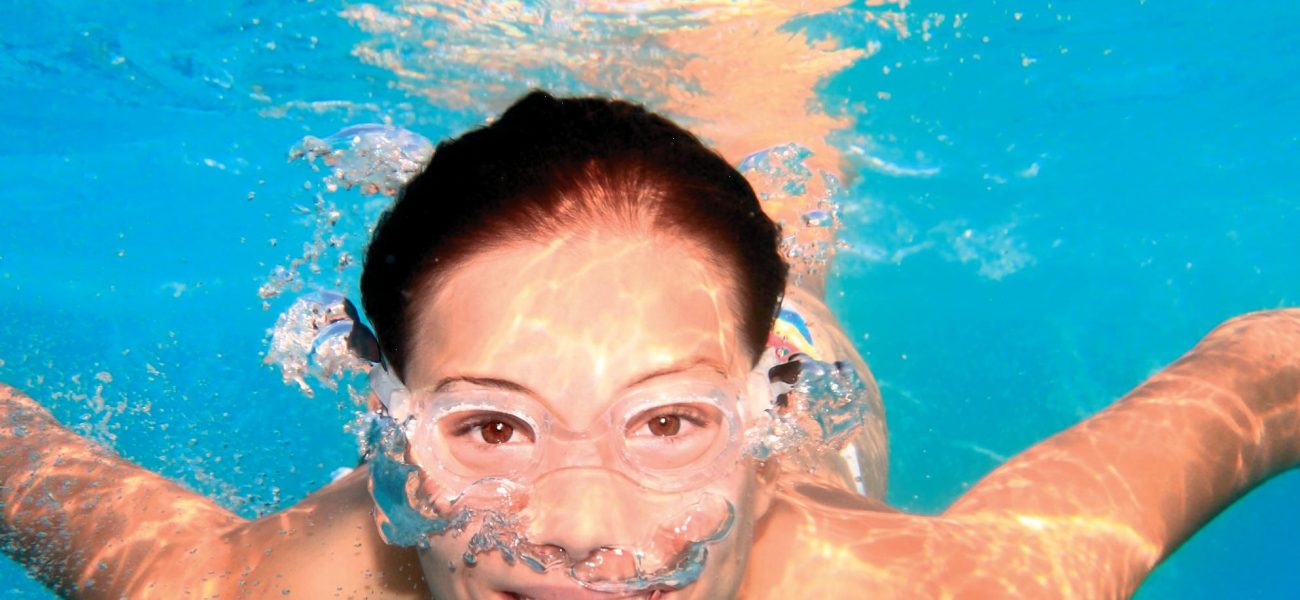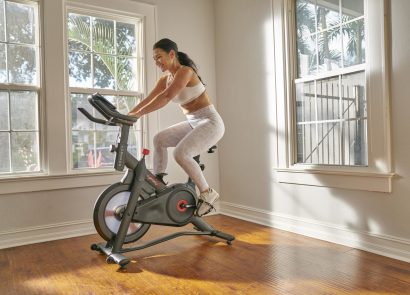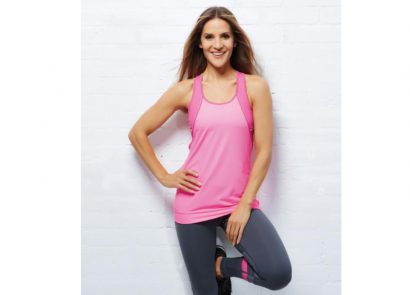There’s something really appealing about making noise splashing around, the fun of using floats, woggles, webbed mitts and foam dumbbells and the opportunity to release your inner child for a few moments. But, don’t be fooled into thinking it’s all about laughs, as the unique properties of water ensure results. The pool has become a wet gym for all ages and all levels of athletic conditioning, with a wide range of specific equipment designed to improve strength, speed and stamina now on the market. Pools with built-in treadmills, water jets and TV cameras are now being used by American Football teams to increase cardiovascular fitness, running form and balance, with less wear on joints! And, Kenyan distance runner Lornah Kiplagatset achieved the 10-mile world record after spending the preceding seven days running in the pool wearing aqua running shoes, which have plastic scoops that increase resistance!
THE WONDERS OF WATER
The therapeutic benefits of water have been recognised for centuries. And today, taking to the waters is still recognised as a specialist therapeutic exercise, with hydrotherapy being a widespread practice used by physiotherapists. But just how effective is aqua exercise as an alternative to land-based formats for improving fitness? The basis for water being an effective way to boost your fitness is its physical properties, which are as follows:
- Buoyancy has the positive effect of reducing impact on contact with the floor, so it lessens stress on your joints. Yet, it also reduces your body’s stability, so you have to engage those deeper postural muscles to fix your position.
- Water is around 800 times denser than air, so resistance is higher. This provides a great opportunity to challenge your muscles, resulting in high levels of calorie burn, but, as mentioned earlier, with less risk of injury to your joints. The good news here is that the resistance you feel is proportional to the speed at which you move, so if you wish to, you can really ramp up the intensity and accelerate your results!
- Propulsion is unique to exercising in water – it’s not something we experience on dry land. To move your body in one direction when immersed in water requires a pushing movement of your limbs in the opposite direction. The stronger the propulsive movement, the greater the distance of travel you’ll achieve.
- Hydrostatic pressure – in other words, the constant pressure exerted by the water equally around the body – helps to improve the circulation of the blood and reduces the risk of blood pooling in the muscles, which can cause dizziness.
No longer does aqua exercise have to be linked to the words ‘easy’ or ‘gentle’ but can be a route to you pushing yourself on to new levels of fitness. Isn’t it time you took the plunge?
DID YOU KNOW?
- You can improve your endurance by 19 percent after just 11 weeks of three pool sessions per week
- Your flexibility can improve by 11 percent after eight weeks of regular aqua training
MIX UP YOUR TRAINING
If you like a particular group exercise class in the studio, why not venture into the wet version? Look out for the following – all worth a try:
- Aqua Chi is derived from tai chi moves and is influenced by flowing and graceful movements.
- Yoqua uses the principles and movements of hatha yoga and adapts them to the water environment.
- Aqua Attack combines boxing, martial arts and mind-body moves.
- Pilates H²O is a posture based class promoting strength in the core muscles to help to stabilise your spine.




















